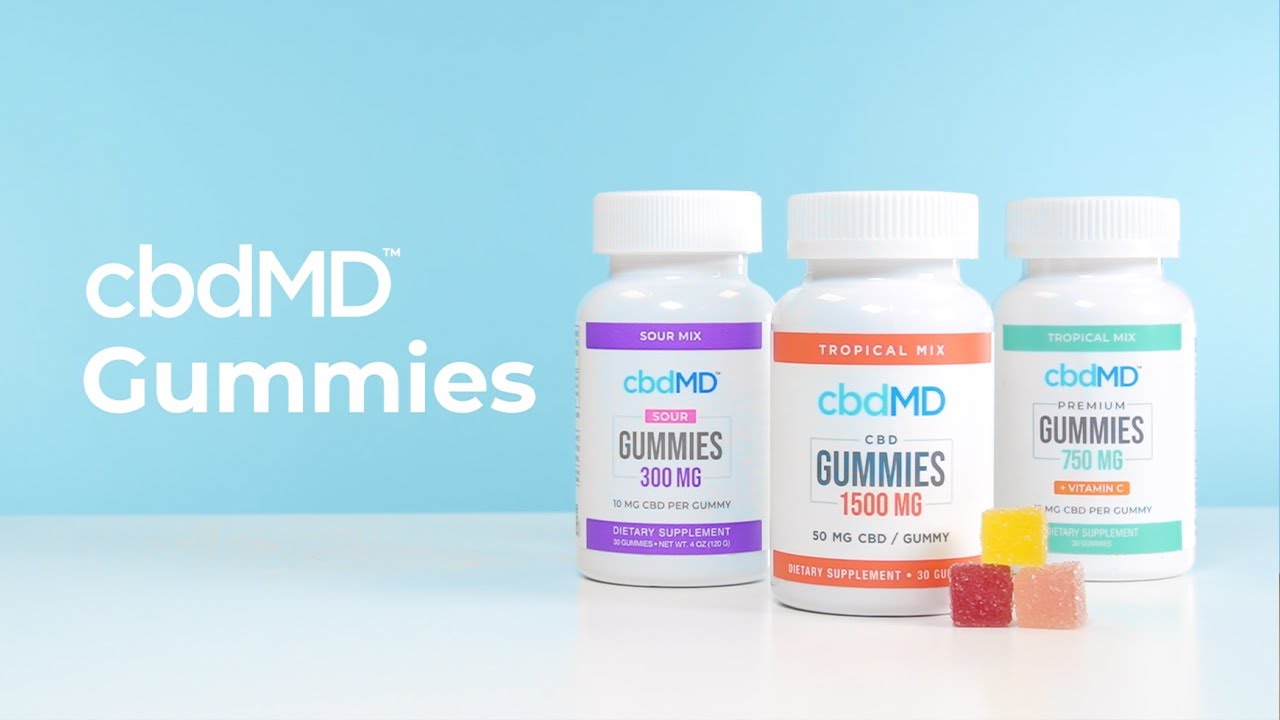CBG vs CBD: 7 Key Differences & Which One Is Right for You
Understanding CBG and CBD: A Comprehensive Overview
As the popularity of cannabis compounds rises, CBG (cannabigerol) and CBD (cannabidiol) have emerged as two of the most discussed cannabinoids. While they share a similar origin, both compounds exhibit distinct characteristics, benefits, and interactions with the body. The cannabis plant produces over a hundred cannabinoids, but only a few, including CBG and CBD, have captured mainstream attention. This article aims to delve into the essential differences between CBG and CBD, enabling consumers to make informed choices about which cannabinoid may be right for them.

CBG is often referred to as the “mother cannabinoid” because it is the precursor to other cannabinoids. During the cannabis plant’s growth cycle, CBG is formed before it is converted into THC, CBD, and other cannabinoids. In contrast, CBD has garnered fame for its therapeutic potential without the psychoactive effects commonly associated with THC. Both CBG and CBD are non-intoxicating, meaning they do not produce a “high” and can be used safely by individuals seeking various health benefits.

The medicinal benefits attributed to each cannabinoid also differ significantly. CBG is believed to exhibit potential therapeutic properties, particularly in combating inflammation, bacteria, and even certain types of cancer cells. Conversely, CBD is widely recognized for its ability to alleviate anxiety, promote relaxation, and manage pain. These varying properties have led to different applications in the wellness sector as more individuals explore the possibilities of cannabis-derived products.
Another notable difference lies in the legal status and market availability of both compounds. While CBD products have become widely available across many states and countries, CBG products are less common. However, interest in CBG is growing as researchers uncover more about its effects and potential uses. This exploration of CBG versus CBD will cover critical differences across various factors, including cannabinoid interaction, availability, health benefits, and more.
Cannabinoid Origins and Chemical Structure
The chemical structure of cannabinoids is key to understanding their effects. CBG and CBD share the molecular formula C21H30O2, but their arrangement of atoms differs. This difference in molecular structure results in unique interactions with the body’s endocannabinoid system—an intricate network of receptors and signaling molecules that play a vital role in maintaining homeostasis. CBG is primarily synthesized in the young cannabis plant during the early growth stages, while CBD appears as the plant matures. This transformational process showcases why CBG is often referred to as the “precursor cannabinoid.”
Moreover, the conversion of CBG into other cannabinoids occurs during the maturation of cannabis. As the plant ages, the production of CBG decreases in favor of higher concentrations of CBD and THC. This makes CBG relatively rare in many strains, often found in high concentrations only in specialized cultivars bred specifically for its retention. This rarity contributes to the distinct profile of CBG compared to the more abundant CBD found in many commercially available cannabis products.
Understanding the origins and chemical structure of CBG and CBD helps consumers appreciate the different experiences they may provide. Both compounds interact with cannabinoid receptors, but CBG’s unique positioning in the growth cycle allows it to exhibit potent therapeutic properties. Exploring these differences serves as a foundation for deciphering how each compound may benefit users in various ways, whether for relaxation, pain relief, or other health-related purposes.
Therapeutic Benefits and Applications
The therapeutic benefits of CBG and CBD are a primary reason users turn to these cannabinoids. Each offers its unique advantages, fostering different applications in the wellness sector. Research highlights CBG’s potential in areas such as anxiety, depression, and inflammation. Its antibacterial properties may provide relief for conditions like bacterial infections and promote overall health. Some studies suggest that CBG possesses neuroprotective effects, possibly benefiting individuals suffering from neurodegenerative diseases by preserving neuronal health.
On the other hand, CBD is popular for its anxiolytic properties. Many individuals use CBD to manage anxiety, improve sleep quality, and reduce chronic pain. By interacting with the endocannabinoid system, CBD helps regulate mood, pain perception, and stress levels. This broad spectrum of benefits has led to CBD’s prominence in topical applications, edibles, and oils, making it a go-to option for those seeking everyday wellness solutions.
Ultimately, the choice between CBG and CBD comes down to individual health needs and preferences. While some may find that CBG works better for particular ailments, others might benefit significantly from CBD. Understanding the distinct therapeutic properties associated with each compound aids consumers in selecting the product that aligns with their specific health goals.
Legality and Market Availability
CBG and CBD have different legal standings across various regions, which can significantly impact their availability in the market. In the United States, the 2018 Farm Bill legalized hemp-derived cannabinoids, leading to an influx of CBD products. Consequently, CBD has become widely accessible in various forms, including oils, edibles, capsules, and topicals. The market for CBD products has thrived, making it relatively easy for consumers to find reputable brands offering a range of choices.
CBG, however, has not experienced the same level of legalization and availability. While CBG is legal under the same federal regulations as CBD, products specifically formulated with CBG are less common. This limited availability stems from CBG’s rarity in cannabis plants and the fact that market demand hasn’t fully materialized, although it is growing. Many consumers are still unfamiliar with CBG, while popular awareness of CBD continues to propel its accessibility.
<pThe evolving legal landscape surrounding cannabis compounds adds another layer to the CBG versus CBD discussion. As research continues to uncover the potential benefits of various cannabinoids, the legal status of these compounds may change, allowing more consumers access to potent options for wellness and health management.
User Experiences and Interactions with Other Cannabinoids
The experiences individuals have with CBG and CBD can differ significantly based on personal tolerance levels and how each cannabinoid interacts with the endocannabinoid system. Users often report a calming or soothing effect with CBD, which may help them manage anxiety and promote relaxation without intoxication. The non-psychoactive nature of CBD is one of the reasons it has gained such popularity among those looking for therapeutic benefits without the effects of THC.
In contrast, CBG may offer a more invigorating effect. Some users suggest that CBG enhances focus and mental clarity, potentially making it a preferred choice for those needing to be active throughout the day. Notably, CBG may synergize with other cannabinoids, enhancing the effectiveness of the entourage effect, wherein the combination of different cannabinoids works in harmony to produce more significant benefits than any single compound could achieve alone.
Listening to personal experiences provides valuable insights into how CBG and CBD can fit within an individual’s lifestyle. Many consumers experiment with various products, often opting for full-spectrum formulations that include multiple cannabinoids for compounded effects. Ultimately, understanding how each cannabinoid interacts with individual bodies enables users to tailor their experiences and select the ideal products to meet their wellness goals.
Summarizing Key Differences and Answering Common Questions
When considering the differences between CBG and CBD, key aspects to remember include their origins, therapeutic benefits, legal standings, market availability, and user experiences. CBG, as the precursor cannabinoid, offers unique health benefits such as antimicrobial properties, focus enhancement, and the potential to aid in inflammatory and neuroprotective applications. Contrarily, CBD is celebrated for its anxiety relief, pain management, and widespread availability in various forms, from oils to edibles.
Many potential users may wonder which cannabinoid is right for them. Ultimately, it depends on personal health goals and individual responses to each compound. While CBD may be more suitable for those seeking general wellness and relaxation, CBG might be ideal for individuals looking for specific benefits related to focus or inflammation. Combining both cannabinoids could also be the best route, as research and anecdotal evidence suggest synergistic effects strengthen overall efficacy.
In conclusion, exploring CBG versus CBD can empower consumers to make informed decisions based on their needs. Rise in consumer interest reflects the growing awareness of cannabinoids’ potential medicinal benefits. It’s essential to consider factors such as chemical structure, therapeutic applications, legal status, and individual experiences to determine the most suitable option for personal health journeys. Always consult a healthcare provider before embarking on a cannabinoid regimen, allowing personalized advice tailored to individual health circumstances.